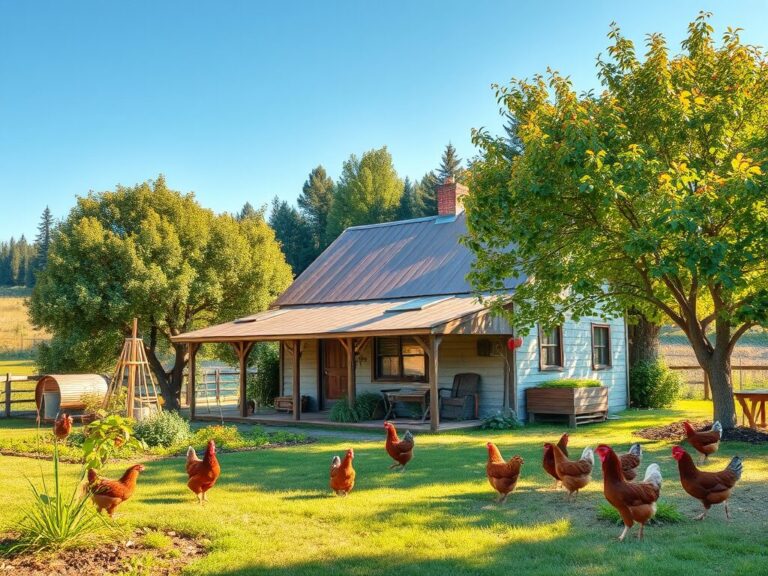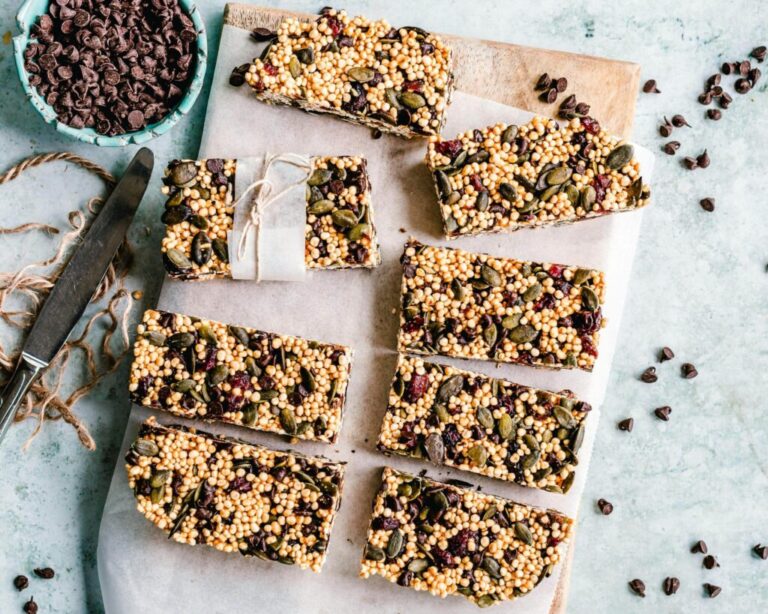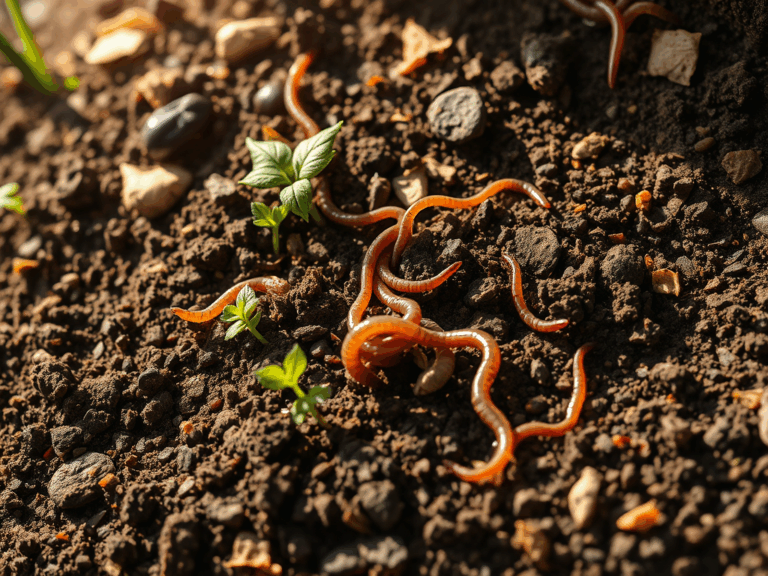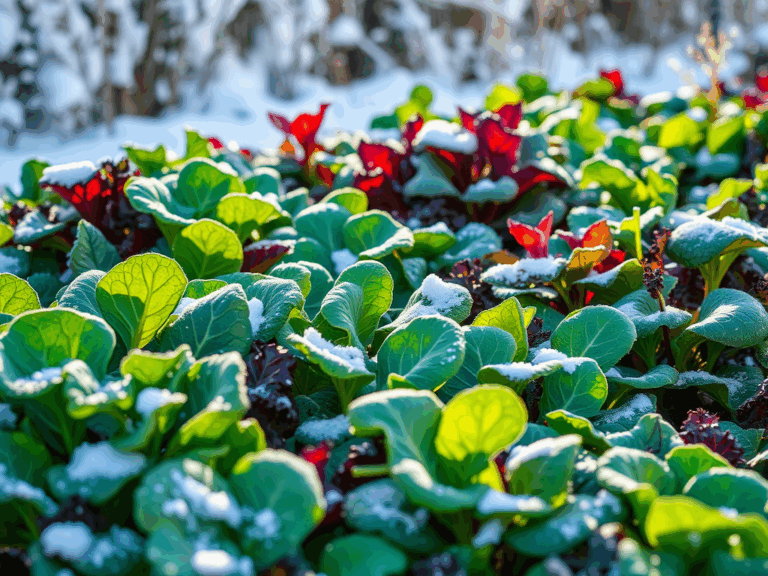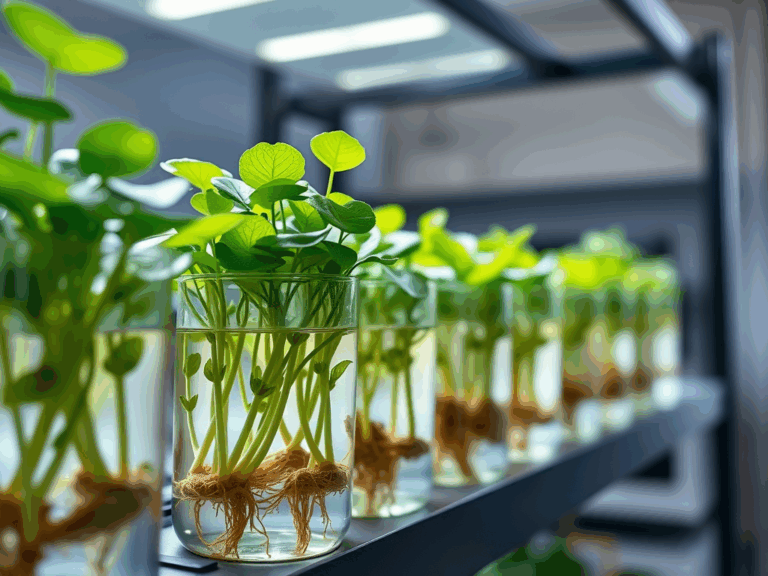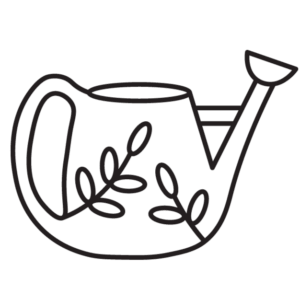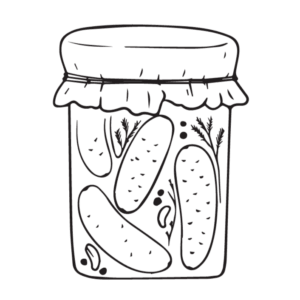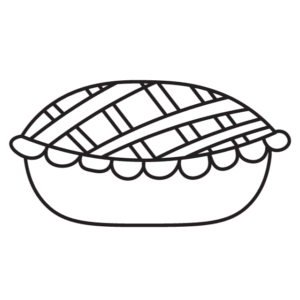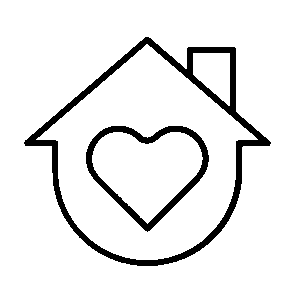If you’ve been anywhere near farmtok, goatblr, or the homestead corners of YouTube lately, you’ve probably seen them: sleek, elegant, extremely photogenic goats with upright ears and serious “main character” energy. Yup, we’re talking about Alpine goats — the dairy breed that’s quickly becoming the favorite of beginner homesteaders, hobby farmers, and yes, even suburban backyard barn dreamers.
But Alpine goats aren’t just camera-ready. These girls are high-production, low-drama dairy machines. They’re smart. They’re hardy. And if you’re thinking of getting into goats for milk, they’re honestly one of the best places to start.
Let’s get into it.
So, What Are Alpine Goats?
Alpine goats — sometimes called French Alpines — originated in the Alps (shocking, I know) and were imported to the U.S. in the 1920s. They’re a medium to large-sized breed known for one thing above all else: producing tons of creamy, high-quality milk.
They come in a range of colors (like literally any shade except all-white), have straight profiles, and pointy upright ears that give them an alert, almost noble vibe. Compared to their floppy-eared Nubian cousins, Alpines are the poised ones in the goat world — kind of like the Audrey Hepburns of the dairy scene.
The Milk Stats
Let’s talk numbers, because Alpine goats do not come to play:
- Milk yield: 1 to 2+ gallons per day
- Lactation length: Up to 9 months or more
- Butterfat content: Around 3.5% (not the highest, but still solid for cheese and yogurt)
Alpines are basically the overachievers of the dairy goat world. If you’re hoping to cut down your grocery bill or even start a small raw milk business (where legal), this is the breed you want in your barn.
And pro tip: Alpines can thrive in both hot and cold climates. That means you’re not locked into a certain zone if you’re still in the “dreaming and Pinterest board” stage of your goat journey.
Their Personality? Iconic.
Alpines are famously curious, independent, and smart — which can be both amazing and mildly chaotic.
They’re the kind of goat who will figure out how to unlatch a gate, sneak into the feed room, and then look at you like you did something wrong. But they’re also gentle, affectionate (especially if bottle-raised), and great with kids — the human kind and the goat kind.
They’re vocal but not screamers, friendly without being clingy, and active without being wild. Basically, they’re the extroverted best friend of the barnyard: always down to hang, occasionally full of drama, but never boring.
Alpines vs. Other Dairy Breeds: The Real Tea
Let’s stack Alpines up against a few of their dairy goat peers:
- Nubians have higher butterfat, but are also louder and more heat-sensitive.
- Saanens are sweet and high-yielding, but more sensitive to weather and prone to sunburn (yes, really).
- LaManchas are quirky and docile but have those tiny elf ears that not everyone vibes with.
Alpines hit a nice balance: reliable milk production, chill temperament, and hardy enough to handle real homestead life. They’re kind of like the golden retriever of dairy goats — trustworthy, photogenic, and a little mischievous.
What They Need From You
Alpines are pretty low-maintenance as far as goats go — but let’s be real, no goat is ever truly maintenance-free. Here’s what they’ll expect in return for all that milk:
- Secure fencing (think: Fort Knox, but make it homestead chic)
- Plenty of forage and fresh water
- A safe, dry shelter
- Regular hoof trimming and parasite checks
- Milking, once or twice daily during lactation
Also, remember that goats are herd animals. Your Alpine girl needs a friend — ideally another goat. Solo goats get lonely, stressed, and generally ungoaty.
Breeding and Babies
Want milk? You’ll need babies first. Alpines are seasonal breeders (fall is their time to shine) and usually give birth to twins or triplets.
Kids grow fast, are easy to bottle-feed, and if you’re not keeping them all, they tend to sell quickly. Alpine genetics are super desirable, especially if you’re buying from a reputable breeder with good milking lines.
TikTok and the Alpine Goat Aesthetic
Let’s be honest — part of the Alpine goat’s appeal is aesthetic. Their slim frames and expressive faces are literal content gold. Whether it’s a time-lapse of morning milking, a baby goat hopping in slow-mo, or an “Outfit of the Day” post with your favorite farm boots and milking apron — Alpines are the ultimate co-star.
They’re also the stars of a growing movement of younger, digitally-savvy homesteaders who are reclaiming rural living on their own terms. Think sourdough starters, farm fits, and raw milk shares — all with a side of social media savvy.
Where to Get One (and What to Look For)
If you’re ready to commit, here’s how to start:
- Find a breeder who participates in milk testing or shows — this helps ensure you’re getting goats with solid genetics.
- Ask about health testing for diseases like CAE, CL, and Johne’s.
- Look for animals with strong udders, straight backs, and friendly temperaments.
Pro tip: Start with a doeling (young female) or a proven milker. Wethers (castrated males) make great companions but no milk from them, obviously.
Final Thoughts: Are Alpines Right for You?
If you’re looking for a dairy goat that’s hardy, productive, and has a little sparkle — Alpine goats are it. They’re ideal for homesteaders who want serious milk without the high-maintenance vibes. And if you’re documenting your homestead journey online, they definitely pass the vibe check.
They’re smart. They’re stylish. They’ll change how you think about goat ownership.
Just be warned: one Alpine often leads to two… and then suddenly you’re building a milk stand in your garage and dreaming about cheese caves.
Honestly? No regrets.

